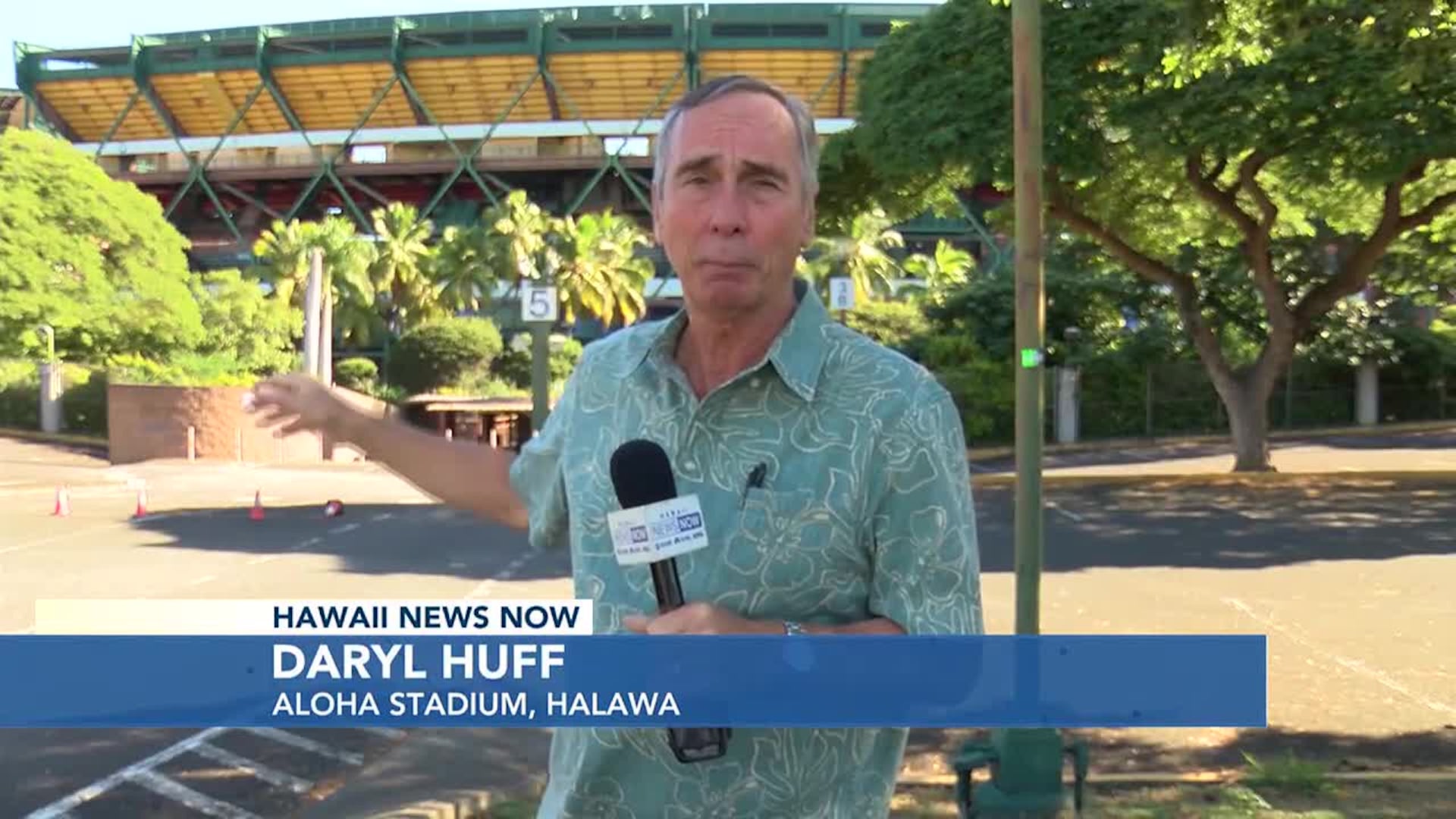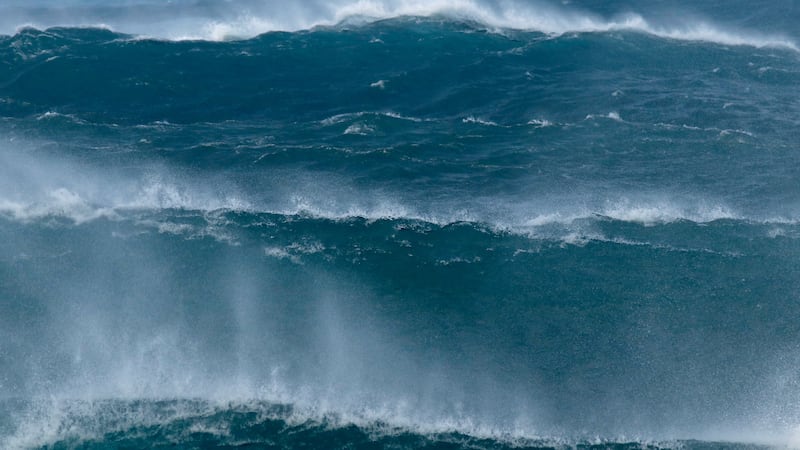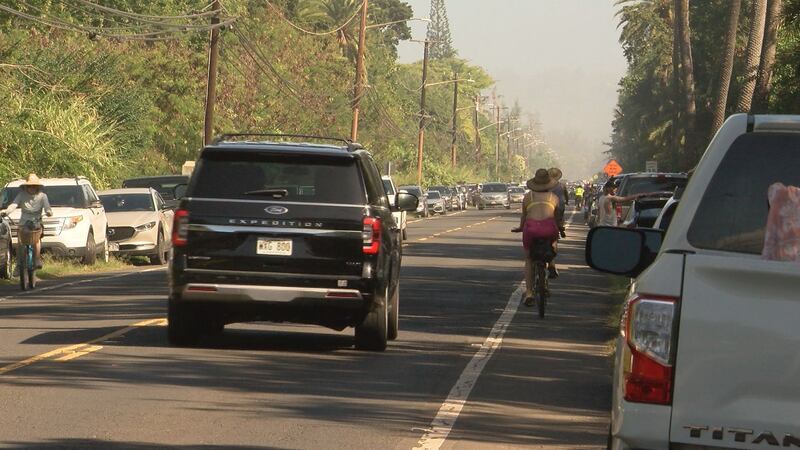Developers reveal vision to transform Aloha Stadium into ‘new urban community’

HONOLULU (HawaiiNewsNow) - The master developers for the New Aloha Stadium Entertainment District revealed details of their plans to the Stadium Authority for the first time Thursday.
Prominent local housing developer Stanford Carr and his nationally recognized partners, who formed the Aloha Halawa District Partners, are promising a vibrant entertainment complex as well as livable residential neighborhoods.
To save money and time, the partnership plans to build the new stadium in exactly the same footprint as the current facility, including using the concrete risers in the north and south end zones as a foundation, but other than that, the area will be completely transformed.
“For me, it’s a quintessential opportunity to have a blank canvas and to really create a 21st century new urban community,” Carr said. “With all the attributes of active parks, passive parks, education, attractions, entertainment.”
VIEW THE RENDERINGS
The partnership’s 20- to 30-year vision laid out for the Stadium Authority starts with a promenade of food, retail and music venues connecting the rail station to the new stadium.
Called “Aloha Live,” Carr compared it to Waikiki in the ’70s.
“It was a destination where locals would go. We don’t have that any more,” he said.
The entertainment area is patterned on Kansas City’s “Power and Light District” and other stadium area redevelopment by the Cordish Companies, which are part of the Halawa partnership.
Cordish principal Joseph Weinberg said the projects can revitalize cities.
“It’s caused others to come in and develop around the city where you now have thousands and thousands of residential units new restaurants new cultural activities,” he said.
Along with concerts and athletic events, they picture attractions like museums and halls of fame for local music and sports, a modern elementary school in an urban neighborhood with mid-rise, mixed-use buildings, and about 4,000 housing units at all income levels.
Authority member Claire Tamamoto said she was excited by the presentation, but expressed concerned about density.
“Me, personally, it doesn’t necessarily envision another Waikiki there,” she said, “with all the high-rises.”
Carr said high-rises would cluster around the stadium, and building heights would step down into the more residential areas to the southeast to create an interesting skyline and protect view planes.
He also said they were in discussions with agencies, such as the Department of Education and the governor’s office, about redevelopment ideas adjoining the 98-acre stadium property, including a new school in the district, so Aiea Elementary School’s site could be used for housing, as well as redevelopment of the Puuwai Momi public housing to integrate it better with the new community.
Stadium Authority chair Brennan Morioka said the plan shows the partners took community input seriously.
“It reflects a lot of what the community has been asking for,” he said, “so we are really excited about what the potential of this location is.”
State Rep. Garner Shimizu, who represents Moanalua and Aiea, was also pleased with the presentation.
“I think it’s a great addition to our island, the area, and of course, we want to be sensitive to the cultural aspect and surrounding communities, but they did a great job,” he said.
The 25,000-seat stadium will be paid for with $350 million from taxpayers and another $100 million or more from the developer, with revenue it makes from the projects, which must also cover stadium operations and maintenance costs, all while guaranteeing University of Hawaii football games have priority.
“That was one reason why we are here,” Carr said to enthusiastic board members and laughed. “We need to save the program. There you go.”
The project must follow all local land use laws and ordinances, but Carr said he hopes to get approval of the master plan from the City and County so repeated approvals from the city council won’t be necessary.
The process of community involvement is not over, however. The developer must take the plans out for community input beginning in February.
A final contract and development agreement could be finished next year and the stadium is predicted to be ready for the 2028 football season.
Visit the New Aloha Stadium Entertainment District website for more information.
Copyright 2024 Hawaii News Now. All rights reserved.













